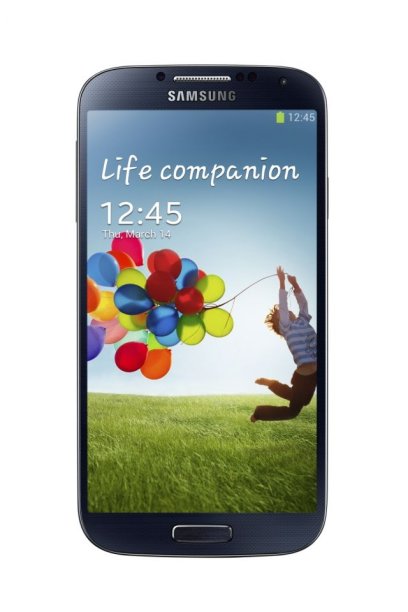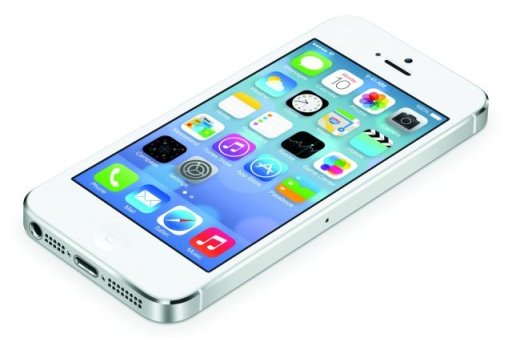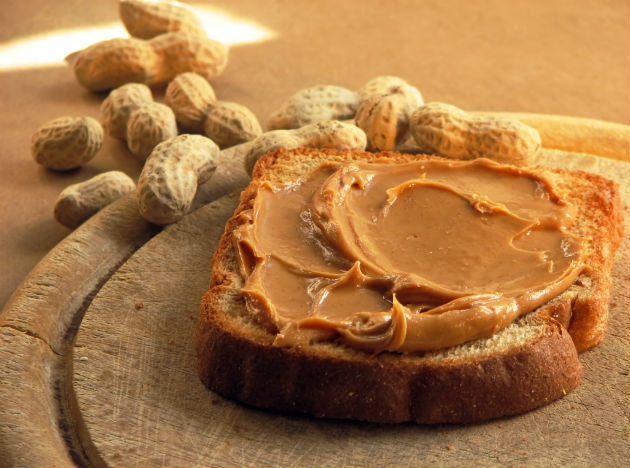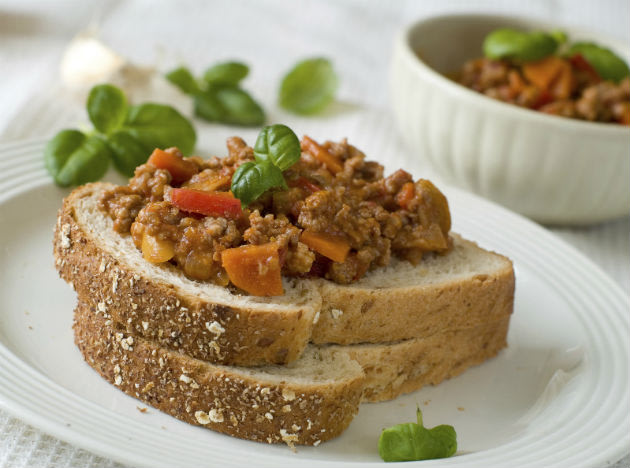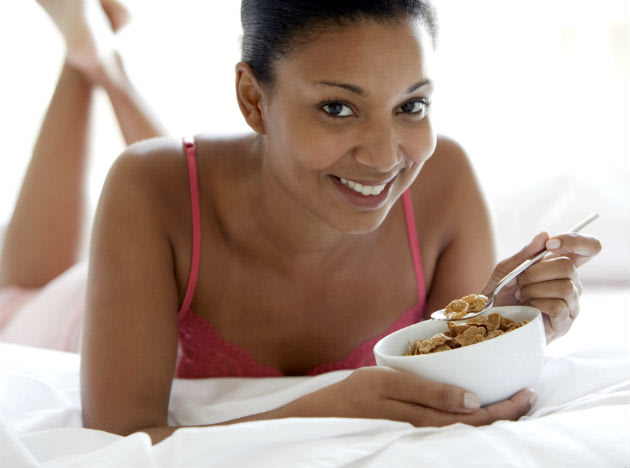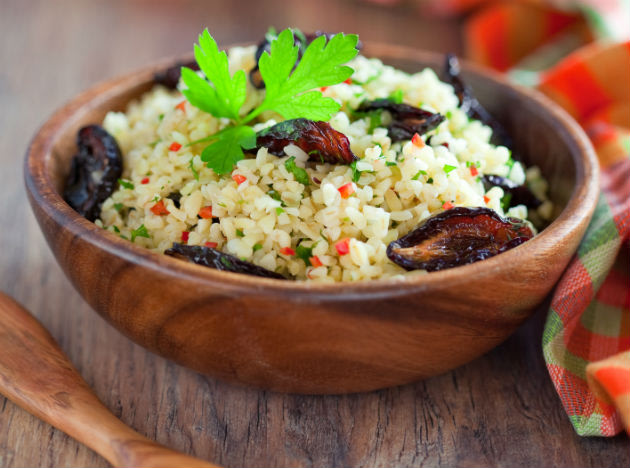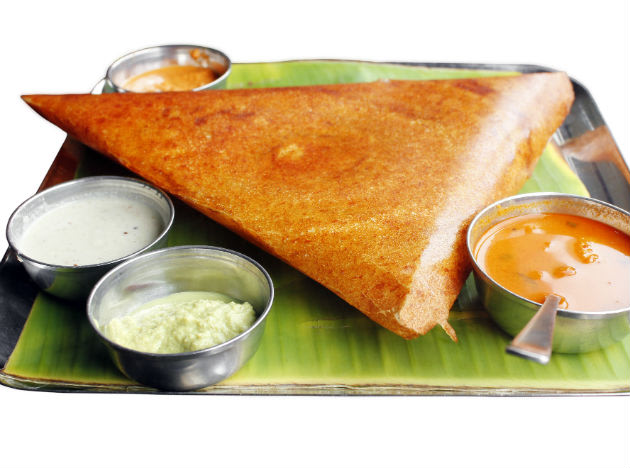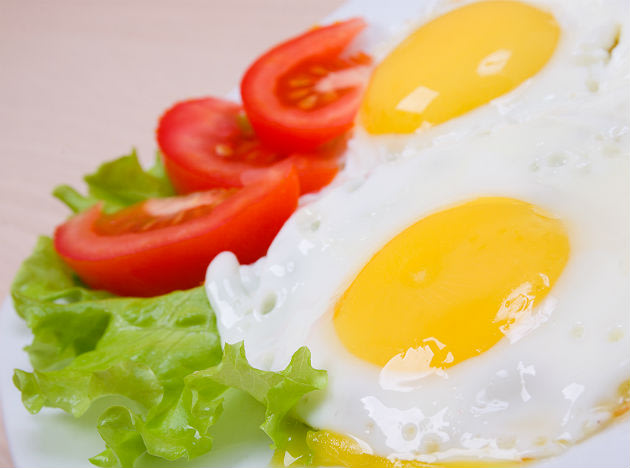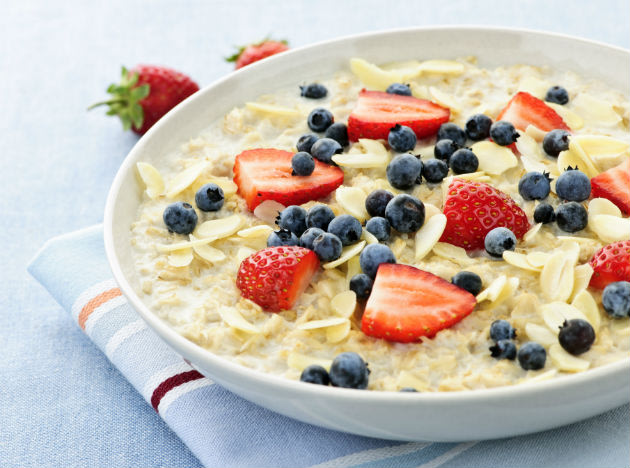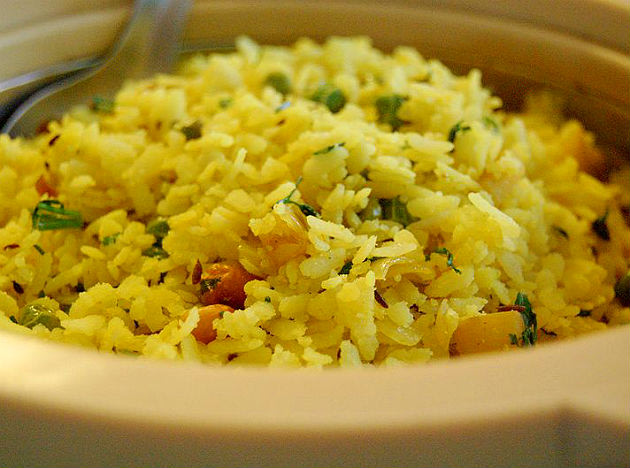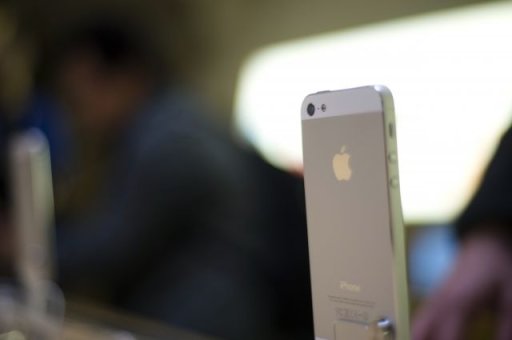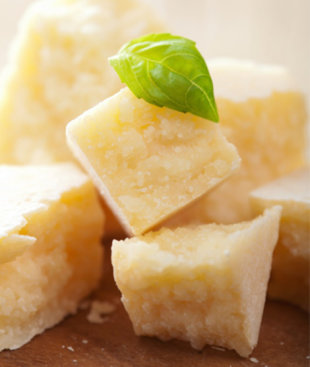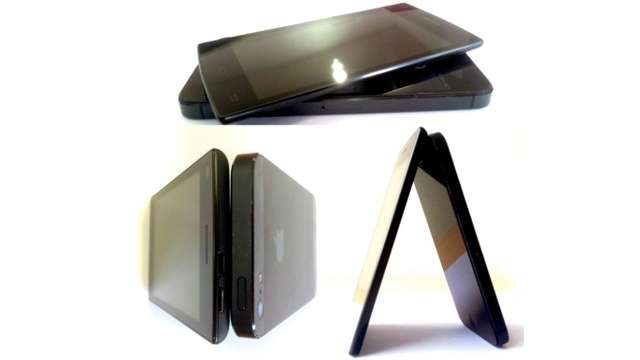
The last handset to hold the record, Huawei's Ascend P6, did so for just seven days before it was knocked off its perch.
Proving that a week is a very long time in technology, it has taken just seven days for a company to launch a phone to rival the Huawei Ascend P6, which, when launched on June 18, was done so alongside the claim of being the world's thinnest smartphone. And, at a mere 6mm thick, it really was a record breaker. The Samsung Galaxy SIV is a whopping 7.9mm and the iPhone 5 a far from svelte 7.6mm in comparison.
However, fellow Chinese phonemaker Umeox has just gone one better with the X5, which at 5.6mm thick is now the world's thinnest smartphone, stealing the title from Huawei and relegating the its handset into second place.
In terms of internal specifications, the Umeox X5 offers a 5.3-inch touchscreen, a dual-core processor, an 8-megapixel rear camera, a 3-megapixel front-facing camera, and will come with the latest version of Android pre-installed.
So although it beats the Huawei on physical dimensions, the Ascend P6 still has more under the hood, namely a quad-core processor, and a 5-megapixel front-facing camera to complement its 8-megapixel rear-facing unit.
The first reviews of the Ascend P6 have been overwhelmingly positive in terms of form, build quality and attention to detail, however, despite these aesthetic touches, underneath is a well-put-together mid-range handset. And with very similar specifications, expect the X5 to offer similar performance, albeit in a very slightly slimmer package.
However, while internal specifications and standout applications are gaining importance in mature smartphone markets as a way of differentiating handsets, particularly those that run the Android operating system where competition is rife and where most handsets appear almost identical from the outside, in China, a market that, while still in its infancy, has just overtaken the US to become the world's biggest market for handsets, the thickness of a device is of equal importance to the number of processor cores or the amount of built-in RAM.
And while Umeox is yet to confirm specifics -- such as screen resolution or battery life -- it has confirmed that the X5 will be coming to Europe as well as China and is expected to go on sale in France this summer before launching across the rest of the continent.
And as the Chinese market and Chinese handset makers both continue to grow in importance, expect more and more devices to arrive on the market in the coming months claiming to be the thinnest or lightest.
Proving that a week is a very long time in technology, it has taken just seven days for a company to launch a phone to rival the Huawei Ascend P6, which, when launched on June 18, was done so alongside the claim of being the world's thinnest smartphone. And, at a mere 6mm thick, it really was a record breaker. The Samsung Galaxy SIV is a whopping 7.9mm and the iPhone 5 a far from svelte 7.6mm in comparison.
However, fellow Chinese phonemaker Umeox has just gone one better with the X5, which at 5.6mm thick is now the world's thinnest smartphone, stealing the title from Huawei and relegating the its handset into second place.
In terms of internal specifications, the Umeox X5 offers a 5.3-inch touchscreen, a dual-core processor, an 8-megapixel rear camera, a 3-megapixel front-facing camera, and will come with the latest version of Android pre-installed.
So although it beats the Huawei on physical dimensions, the Ascend P6 still has more under the hood, namely a quad-core processor, and a 5-megapixel front-facing camera to complement its 8-megapixel rear-facing unit.
The first reviews of the Ascend P6 have been overwhelmingly positive in terms of form, build quality and attention to detail, however, despite these aesthetic touches, underneath is a well-put-together mid-range handset. And with very similar specifications, expect the X5 to offer similar performance, albeit in a very slightly slimmer package.
However, while internal specifications and standout applications are gaining importance in mature smartphone markets as a way of differentiating handsets, particularly those that run the Android operating system where competition is rife and where most handsets appear almost identical from the outside, in China, a market that, while still in its infancy, has just overtaken the US to become the world's biggest market for handsets, the thickness of a device is of equal importance to the number of processor cores or the amount of built-in RAM.
And while Umeox is yet to confirm specifics -- such as screen resolution or battery life -- it has confirmed that the X5 will be coming to Europe as well as China and is expected to go on sale in France this summer before launching across the rest of the continent.
And as the Chinese market and Chinese handset makers both continue to grow in importance, expect more and more devices to arrive on the market in the coming months claiming to be the thinnest or lightest.

